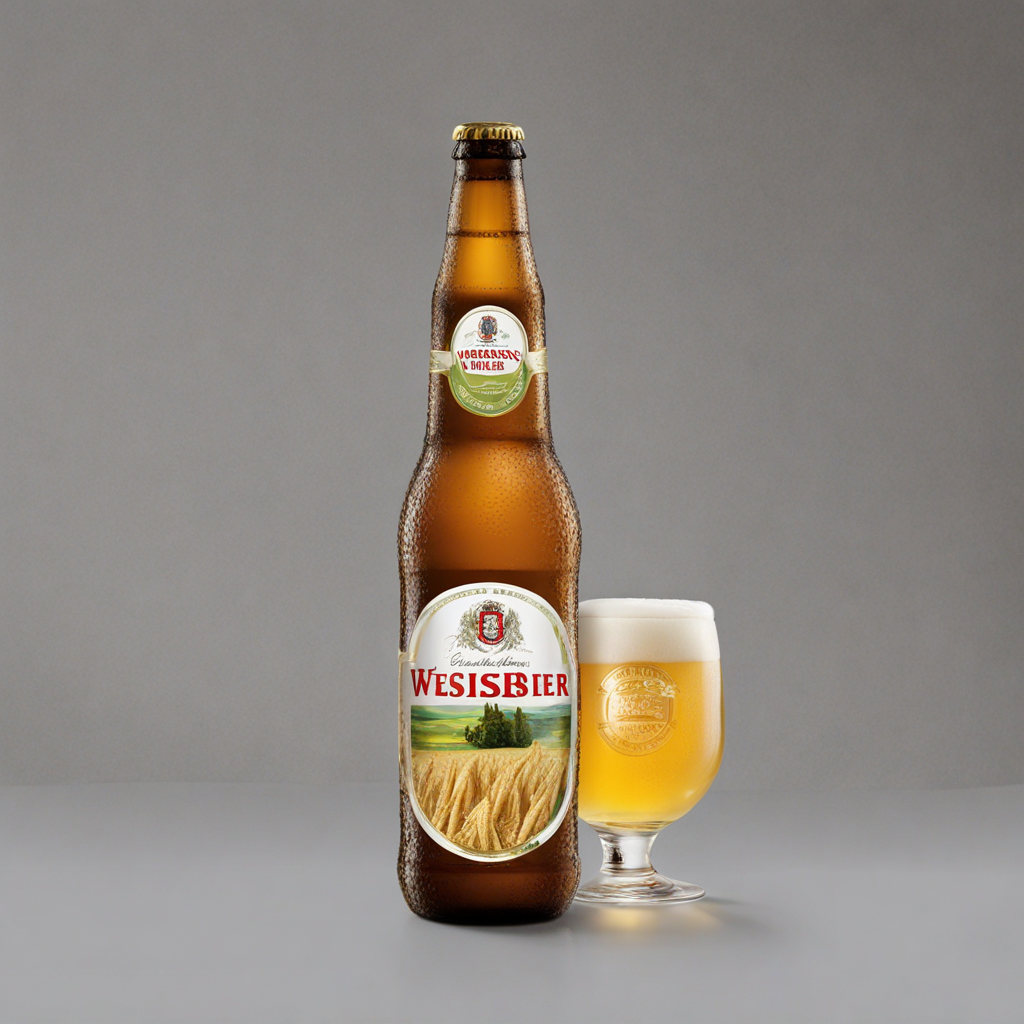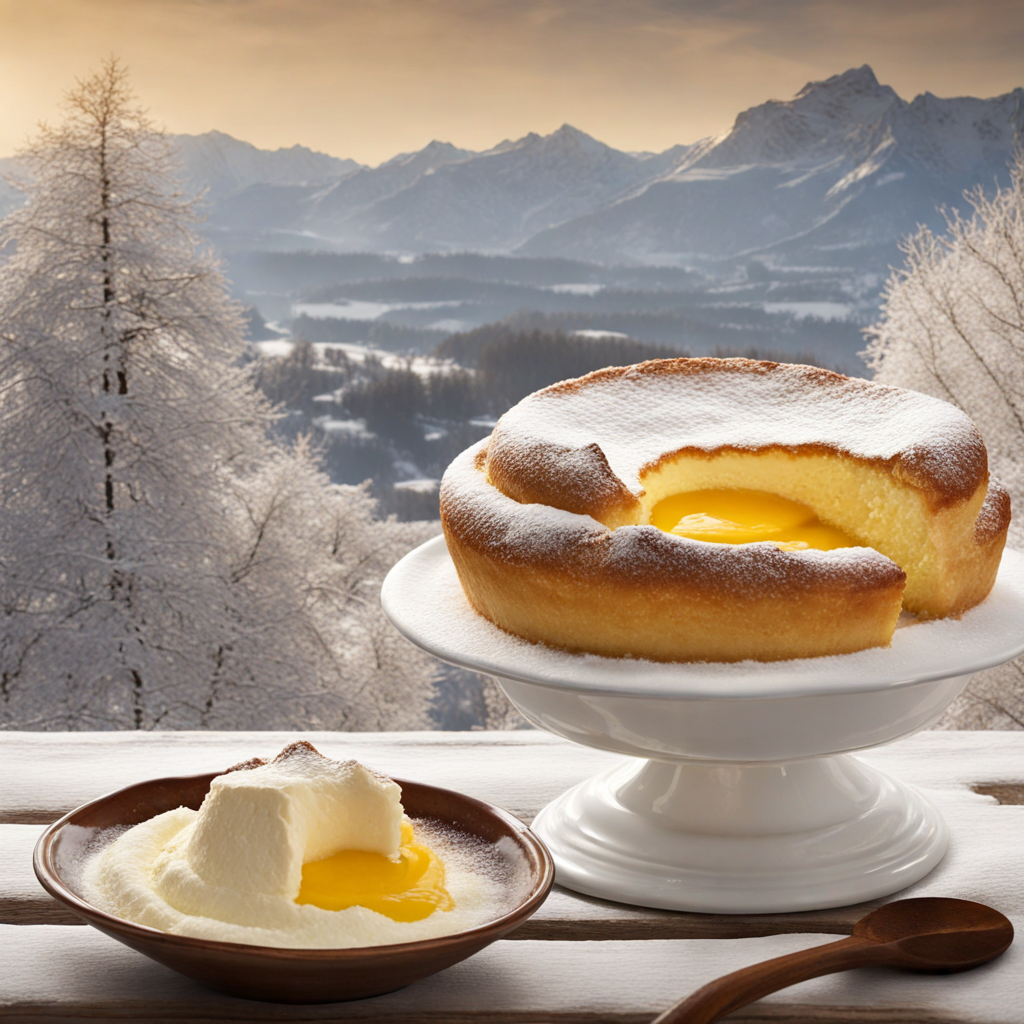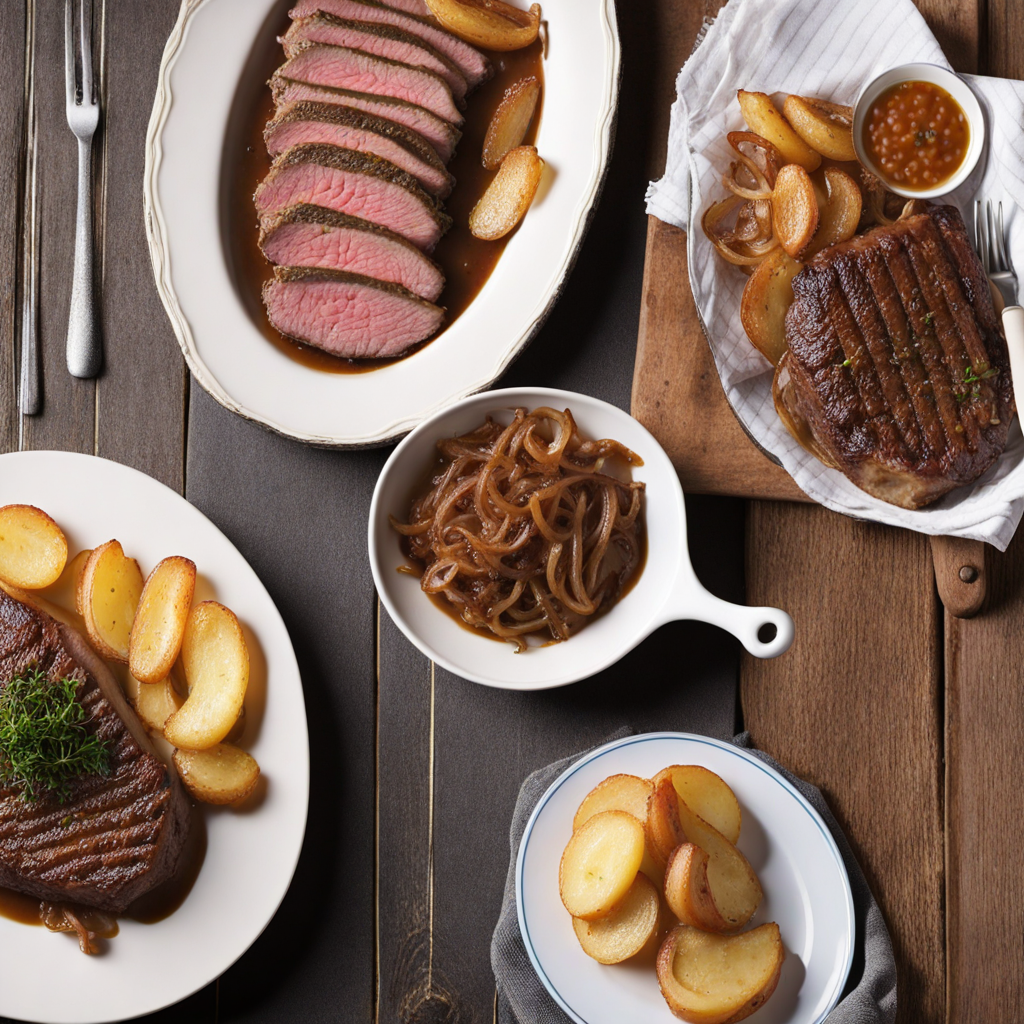Wachauer Marillenknödel
Wachauer Marillenknödel are a delightful culinary treasure hailing from the Wachau Valley in Austria, renowned for its picturesque landscapes and rich agricultural heritage. These sweet dumplings are made with a soft, pillowy dough that is traditionally crafted from a mixture of flour, potatoes, and eggs, lending them a unique texture that is both tender and slightly elastic. The star of the dish is undoubtedly the filling: a luscious, ripe apricot, known as 'Marille' in German, which is celebrated for its sweet and tangy flavor. Each dumpling is carefully shaped around the apricot, enclosing it in a warm embrace of dough, creating a perfect balance of sweetness and subtle tartness in every bite. When cooked, the dumplings are typically boiled until they float to the surface, indicating their readiness. Once drained, they are rolled in a generous coating of finely crushed breadcrumbs that have been lightly toasted in butter, adding a delightful crunch and rich, nutty flavor that complements the softness of the dumpling. A dusting of powdered sugar on top enhances their visual appeal and sweetness, making them even more irresistible. The combination of textures—from the soft, warm dough to the juicy fruit and crunchy crumbs—creates a satisfying experience for the palate. Wachauer Marillenknödel are often served as a dessert or a sweet treat, but they can also make for a delightful brunch option. Traditionally, they can be accompanied by a dollop of sour cream or a drizzle of vanilla sauce, which adds a creamy richness that balances the fruit's acidity. Enjoying these dumplings is not just about taste; it's about immersing oneself in the rich flavors and traditions of Austrian cuisine, offering a glimpse into the heart of the Wachau Valley's cultural tapestry. They are a perfect representation of seasonal cooking, showcasing the region's famed apricots and celebrating the simplicity and beauty of traditional Austrian food.
How It Became This Dish
The Delicious History of Wachauer Marillenknödel: Austria's Apricot Dumplings Wachauer Marillenknödel, or Wachau apricot dumplings, are a beloved traditional dish from the Wachau Valley, a UNESCO World Heritage site in Austria known for its picturesque landscapes and rich agricultural heritage. These delightful dumplings encapsulate the spirit of the region, showcasing not only the local produce but also the culinary traditions of Austria. To fully appreciate the Wachauer Marillenknödel, one must delve into its origins, cultural significance, and evolution over time. #### Origins: A Taste of the Wachau Valley The Wachau Valley stretches along the Danube River between Melk and Krems, and its fertile soil, temperate climate, and favorable conditions make it an ideal region for agriculture, particularly for the cultivation of apricots. The apricot, or "Marille," is indigenous to the area and has been grown since at least the Roman times, although its widespread cultivation began in the 17th century. The Wachau apricot is renowned for its distinctive flavor and vibrant orange color, making it a prized fruit in Austrian cuisine. The creation of the Marillenknödel is believed to have originated in the 18th century, coinciding with the growing popularity of dough-based dishes in Central Europe. The dumpling itself is made from a soft, sweet dough, typically incorporating ingredients such as flour, eggs, and sometimes quark or potato. The dough is wrapped around fresh apricots, which are often sweetened with sugar and sometimes spiced with cinnamon or vanilla, creating a delightful contrast between the soft, doughy exterior and the juicy, tangy fruit within. #### Cultural Significance: A Culinary Tradition Wachauer Marillenknödel are more than just a delicious dessert; they represent the culinary identity of the Wachau Valley and its agricultural heritage. The apricot harvest usually occurs in late June to early July, and the dumplings are traditionally made during this time, becoming a seasonal delicacy that celebrates the local bounty. The preparation of Marillenknödel is often a communal activity, with families and friends coming together to make large batches of the dumplings. This practice reflects the importance of community and shared culinary traditions in Austrian culture. The dumplings are typically served with a dusting of powdered sugar and a drizzle of melted butter, often accompanied by a side of vanilla sauce or a sprinkle of toasted breadcrumbs, which enhances their flavor and texture. In the broader context of Austrian cuisine, the Wachauer Marillenknödel is part of a larger family of dumplings, which are a staple in many Central European cultures. The versatility of dumplings is showcased in various forms, such as potato dumplings, bread dumplings, and fruit dumplings, each with regional variations and unique flavor profiles. However, the Wachauer Marillenknödel holds a special place in the hearts of Austrians, particularly in the Wachau region, where it symbolizes the connection between the land, its people, and their culinary practices. #### Development Over Time: From Tradition to Modernity As with many traditional dishes, the Wachauer Marillenknödel has undergone changes over time, adapting to contemporary tastes and dietary preferences. While the classic recipe remains popular, modern variations have emerged, incorporating different fruits, such as plums or cherries, or using alternative doughs, including gluten-free options. This evolution reflects the growing awareness of dietary restrictions and the desire to keep traditional dishes relevant in a rapidly changing culinary landscape. In recent years, there has been a resurgence of interest in traditional Austrian cuisine, driven by a desire for authenticity and a farm-to-table ethos. This movement has led to the revival of many regional dishes, including the Wachauer Marillenknödel. Chefs and home cooks alike are now more inclined to source local ingredients and prepare dishes that honor their origins. The use of organic and sustainably grown apricots has become increasingly common, ensuring that the quality of the fruit remains high and the flavors authentic. The Wachauer Marillenknödel has also found a place on the menus of gourmet restaurants, where chefs elevate the dish with innovative presentations and pairings. Some restaurants serve the dumplings as a deconstructed dessert, presenting the apricot and dough components separately while incorporating modern techniques such as sous-vide cooking or molecular gastronomy to enhance the dining experience. This blend of tradition and modernity allows the Wachauer Marillenknödel to reach new audiences while remaining true to its roots. #### Conclusion: A Symbol of Austrian Heritage Wachauer Marillenknödel is more than just a delightful dessert; it is a symbol of the rich cultural heritage of Austria, particularly the Wachau Valley. Its origins in the region's agricultural practices, combined with the communal spirit of its preparation, highlight the importance of food in connecting people to their land and to one another. As the dish continues to evolve, adapting to contemporary tastes while preserving its traditional essence, the Wachauer Marillenknödel serves as a reminder of the enduring power of culinary traditions in shaping cultural identity. Whether enjoyed at a family gathering during the apricot harvest or served in a fine dining establishment, Wachauer Marillenknödel remains a beloved dish that encapsulates the flavors and stories of Austria. As this delightful dumpling continues to capture the hearts and palates of people both locally and globally, it serves as a delicious testament to the rich history and vibrant culture of Austrian cuisine.
You may like
Discover local flavors from Austria







